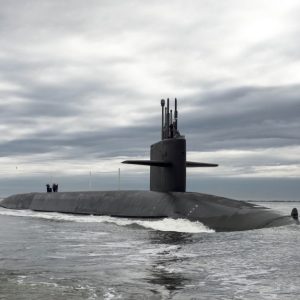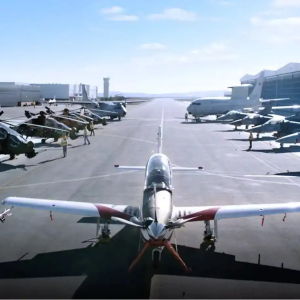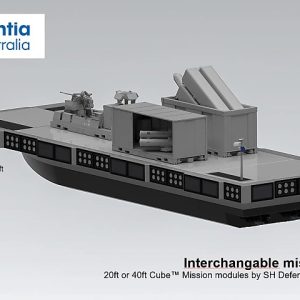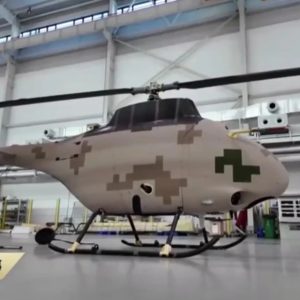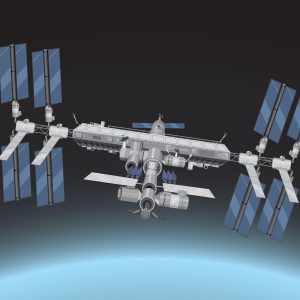The United States Air Force is moving fast to integrate USAF commercial drone components into next-generation uncrewed systems—especially the Collaborative Combat Aircraft (CCA) family. This shift prioritizes speed, affordability, and resilience over bespoke acquisition cycles, while keeping security and airworthiness non-negotiable. In practice, it blends defense-grade requirements with agile commercial supply chains to field combat-credible mass at pace.
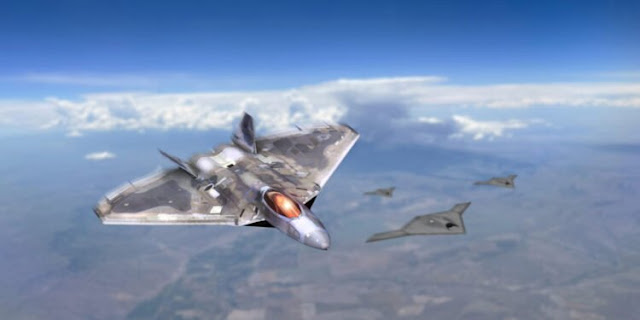
Key Facts
What’s changing: The USAF is operationalizing a COTS-forward approach—selecting commercial off-the-shelf avionics, sensors, compute, datalinks, and sub-systems for uncrewed platforms. [1]
Why it matters: USAF commercial drone components compress delivery timelines, lower unit cost, and allow rapid block upgrades across CCA increments. [2]
Guardrails: Only components that meet cybersecurity, supply-chain, and airworthiness thresholds make the cut via Blue UAS/DIU and USAF pathways. [3][4]
From bespoke to modular mass
For decades, exquisite platforms drove requirements, budgets, and schedules. Today’s threat picture and industrial realities demand a complementary approach. The Air Force can generate combat mass by combining purpose-built airframes with USAF commercial drone components. Consequently, procurement shifts from single-threaded programs to modular architectures, where payloads, processors, and effectors rotate in as tech matures.
This modularity is central to CCA. Congressional briefings and industry updates indicate an iterative, increment-based roadmap that favors rapid integration of mature subsystems. In short, the service is designing for frequent upgrade cycles rather than once-a-decade retrofits. [2][5]
Speed, cost, and the COTS dividend
Commercial drone supply chains produce at scale. By tapping them, the USAF reduces lead times and unit cost without sacrificing performance. Moreover, USAF commercial drone components allow the service to buy more tails and more payloads, then iterate in software. That dynamic is vital for swarming tactics, attritable platforms, and contested logistics.
Equally important, the COTS model supports a “many small bets” strategy. The Air Force can trial competing sensors, autonomy stacks, and comms modules in parallel, select winners quickly, and retire laggards without sunk-cost drag. Programs like AFWERX’s Autonomy Prime exist precisely to accelerate that pipeline from the commercial sector into operational test. [6][7]
Security and certification still lead
This is not a free-for-all. The USAF only fields USAF commercial drone components that pass strict cybersecurity, software assurance, and supply-chain checks. The DIU Blue UAS framework screens vendors and parts against congressional standards before they’re cleared for military networks and missions. The list of approved drones and components continues to expand as industry hardens designs. [3][4]
Furthermore, the service applies airworthiness and electromagnetic compatibility testing to ensure safety and performance in mixed formations with crewed aircraft. Zero-trust principles, software bills of materials (SBOMs), and secure boot chains are becoming table stakes for avionics and autonomy packages bound for CCA.
Technical bottom line: combine COTS hardware with hardened firmware, verifiable software provenance, and continuous vulnerability management. That’s how USAF commercial drone components stay both fast and trustworthy.
Industrial base effects: opening the aperture
Another advantage is ecosystem breadth. Instead of relying only on primes, the Air Force can source from venture-backed firms, dual-use manufacturers, and niche suppliers. As a result, resilience improves: no single chokepoint can stall an entire fleet. Programs drawing in autonomy start-ups through Cooperative Research and Development Agreements (CRADAs) illustrate how dual-use tech migrates from civil aviation into defense-ready architectures. [8]
Critically, this also disciplines pricing. When multiple commercial vendors compete for payload slots or compute modules, the government pays less and refreshes more often. Over time, USAF commercial drone components should bend the cost curve for CCA increments, while preserving performance growth.
Operational payoff: iterative autonomy at scale
On the flight line, modular COTS building blocks enable iterative autonomy. Crews and test units can push weekly software updates, swap sensors for specific missions, and scale swarms without re-engineering airframes. In high-end scenarios, that tempo matters. It lets operators exploit adversary behavior faster and sustain combat power under attack.
Importantly, the approach aligns with broader Pentagon initiatives to deliver “small, smart, cheap, and many.” As the Replicator effort moves through successive tranches, USAF commercial drone components should remain the workhorse for speed and volume, while bespoke systems handle niche edge cases. [7]
Risks and how to mitigate them
Every strategy has trade-offs. Commercial supply chains evolve quickly and can create version-control headaches. To counter that, the Air Force needs strict configuration management, strong interface control documents (ICDs), and contract terms that guarantee software support windows. Likewise, vendor churn is real; second-sourcing critical components stabilizes availability.
There’s also the export-control dimension. Some USAF commercial drone components may fall under ITAR or EAR restrictions once integrated into military systems. Clear compliance pathways and early legal reviews keep timelines intact. Finally, realistic operational testing—especially in electronic warfare and GPS-denied environments—must precede wide fielding to validate resilience.
Bottom line
The USAF’s pivot toward USAF commercial drone components is not a fad; it is a structural correction to match threat velocity and industrial capacity. Done right, it delivers affordable mass, faster upgrades, and credible combat power—without relaxing security. The winners will be teams that pair COTS speed with disciplined engineering and ruthless testing.
Related coverage
For a deeper dive into distributed airpower and swarming, see our analysis of autonomy-enabled tactics: Unleashing the Power of Swarm Technology.
Further Reading
[1] Federal News Network — “Air Force plans drones with commercially available components.” Link.
[2] U.S. Congress (CRS In Focus) — “U.S. Air Force Collaborative Combat Aircraft (CCA).” Link.
[3] Defense Innovation Unit — “Replicator Initiative.” Link.
[4] DefenseNews — “Pentagon expands list of commercial drones certified for military use.” Link.
[5] Shephard Media — “Collaborative Combat Aircraft (Increment 1).” Link.
[6] AFWERX/AFRL — “Autonomy Prime ICO announcement.” Link.
[7] DOD News — “Progress on Replicator.” Link.
[8] AeroTime — “Reliable Robotics teams with USAF on autonomous platforms (CRADA).” Link.



